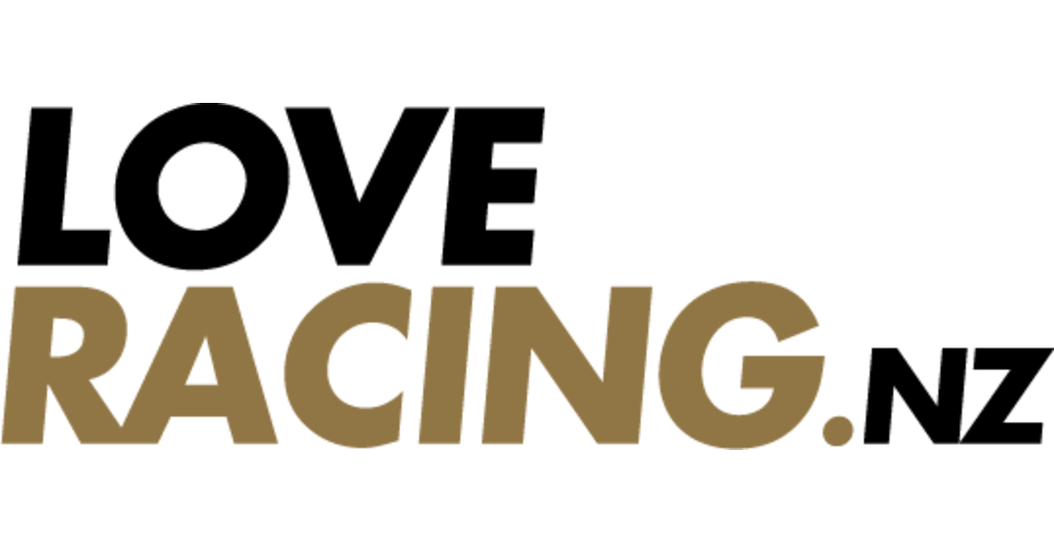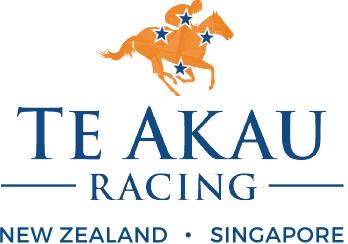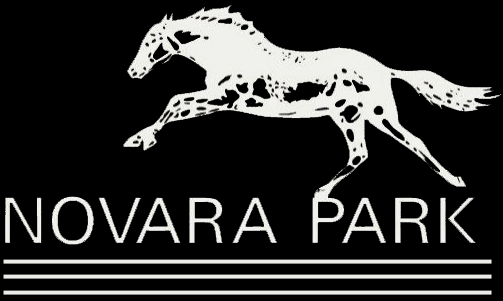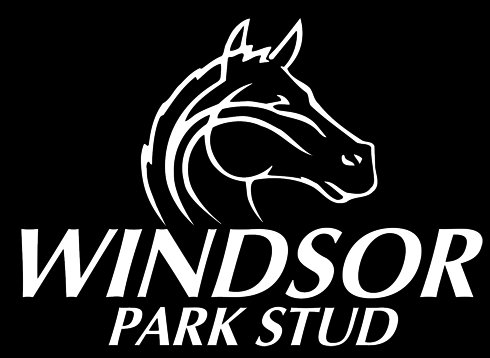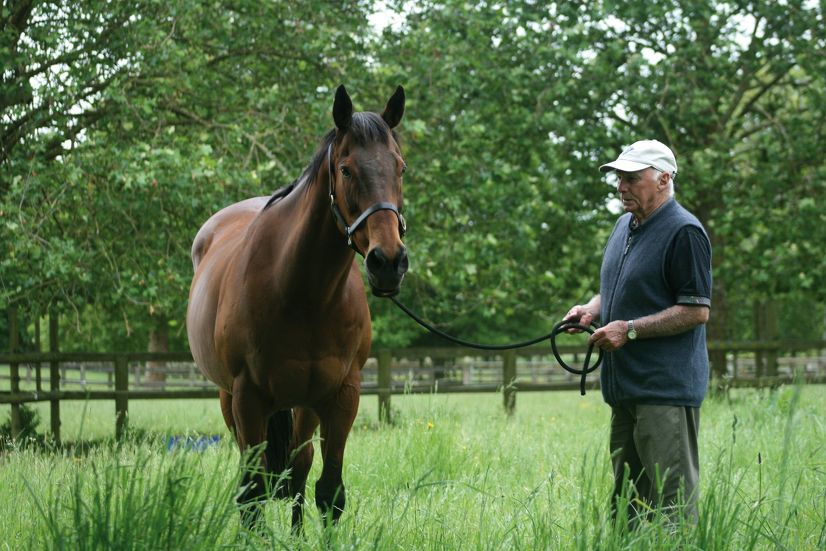 Dave O’Sullivan and the champion sprinter Mr Tiz
Dave O’Sullivan and the champion sprinter Mr TizEven with the many accolades that someone might have showered upon during life on this planet, it’s only when they have passed away that the gravity of achievement is fully appreciated.
Such has been reflection on the life of Dave O’Sullivan, OBE, New Zealand Racing Hall of Fame trainer, since his passing at the age of 90 last Friday.
His greatest legacy was the dynasty he created around Wexford Stables, and with that the family behind him, staunch wife Marie and champion trainer and jockey sons Paul and Lance.
The man known universally by his initials ‘DJ’ set new benchmarks and garnered huge respect in thoroughbred racing circles. Seventeen years after swapping his jockey’s licence for that of a trainer, he claimed his first premiership with 62 wins in the 1978-79 season, and over the ensuing two decades he and his son Paul won another 10, the most ever by any New Zealand training operation.
The triumvirate of Dave, Paul and stable jockey Lance O’Sullivan became a potent combination during the 1980s and ’90s, winning a stack of feature races throughout the country and complementing them with numerous others in Australia.
However, their crowning glory came thousand of miles away in Japan, when they combined with the tough as teak racemare Horlicks to win the 1989 Japan Cup, running a world record in what at the time was the richest race on the global calendar with a first prize of $1.6 million. When he retired at the end of the 1997-98 season with his 11th trainer’s title in the bag, Dave O’Sullivan had trained 1,877 winners in New Zealand, while his offshore tally took his career total past 1,900.
In 2006 Dave and Lance were recognised for their respective achievements as a record-breaking trainer and jockey with induction to the New Zealand Racing Hall of Fame. They were joined last year in that celebrated pantheon by Paul, in recognition of his combined New Zealand and Hong Kong feats, along with Mike Moroney, one of countless O’Sullivan protégés whose record includes two New Zealand premierships as well as a long list of Australian wins headed by the Melbourne Cup with Brew.
Dave O’Sullivan grew up in Waihou as the son of a publican, just down the road from the Te Aroha racecourse where the seeds of an ambition to become a jockey were sowed. But first he had to convince his parents that would be a worthwhile career, and his first job was in a Te Aroha menswear shop. After six months’ persistence he convinced his parents that he should begin a jockey apprenticeship, which led to him signing up with Takanini trainer Norman Cunningham.
His biggest win came towards the end of his apprenticeship on Te Awa in the 1953 Railway Handicap at Ellerslie, witnessed by the newly crowned monarch Queen Elizabeth II on her first royal tour. By then he was struggling to keep his weight in check and recently married to Marie, he decided to move south to Palmerston North where there would be less competition for raceday rides.
But by the time the first of their five children, Debbie and Paul, had arrived, he needed to find alternative employment to pay the bills. That’s when the chance arose to take over the small Matamata stable run by his father-in-law Clarrie Davis, whose health was failing. Dave was to later recount that his options at the time weren’t great – “Maybe become a barman or a taxi driver” as he put it – so he packed up his family and what possessions they owned and moved to Matamata.
By no means was it a case of never looking back, as he struggled initially to gain a foothold at the rapidly-growing training centre, but gradually the wins began to flow. That led to buying a larger stable, on the northern boundary of the racecourse, before making the career-defining move to purchase a bare block of land on the opposite racecourse boundary and establish Wexford Stables.
A big gelding named Oopik provided a key breakthrough when he won the 1973 Hawke’s Bay Guineas and was to add the Sydney Cup in 1976. “Oopik was a horse that remained dear to his heart,” says Paul. “Mr Tiz was the best and Horlicks was also very special, but what Oopik did led to better horses and more of them coming into the stable.”
That upsurge also led to Paul leaving high school to work at Wexford, eventually rising to foreman and ultimately training partner in 1981. “Being the boss’s son certainly didn’t mean any favours for me or Lance; he was a hard taskmaster but very fair with it. He was so good with the way he developed horses; if he identified one that he thought was capable of winning decent races, he would set it for a certain race six months out. He never trained a horse week by week, there was always a plan.”
Lance, whose apprenticeship began with a win in his very first race ride in mid-1980, shared those sentiments in describing his father’s uncanny knack with horses as well as his devotion to family. “He was a world class horse trainer and fiercely competitive, but most of all for us, he was a wonderful family man. He worked hard and expected others to as well, but he was always very fair. I would describe him as one of the last living legends of the old school.”
Amongst the many accolades that have followed Dave O’Sullivan’s death came from fellow Hall of Fame trainer Jim Gibbs, a contemporary during his many years training in Matamata.
“DJ got his licence about 18 months before me and although we were both very competitive, we became good friends,” Gibbs said. “He was an outstanding horseman with a huge work ethic and attention to detail, and he can take credit for raising the bar for the rest of us.
“He dragged me up to improve and I have to say I was lucky to be training in the same era. It’s quite something to reflect on, that we spent so much time in each other’s company, standing in the rain down at the gap at Matamata for the best part of 40 years.”
This writer was fortunate to have counted O’Sullivan as a friend, initially coming by his acquaintance as a wide-eyed stablehand and studgroom in the early 1970s, then as a journalist and through the 1980s and ’90s, training in his shadow in Matamata.
Amongst the many articles I wrote about him, one that bears special reflection was commissioned by NZ Thoroughbred Magazine publisher Brenda Collins in November 2009, more than a decade after he had retired. The story centred on his champion sprinter Mr Tiz, while it also allowed him to discuss the merits of the very best horses he trained.
"So many times he did the impossible and other times you could go round to the back of the tote halfway through the race,” he said of Mr Tiz. "He was something else alright.
“Each horse is different. Horlicks was a professional and gave you everything; Waverley Star was a natural, a brilliant galloper. This horse, he had power and he knew how to use it."
Having celebrated his 90th birthday with family and friends last October, O’Sullivan’s health deteriorated in recent months. He still managed to engage with family, friends and racing itself, and he made an effort to attend the Matamata Breeders’ Stakes meeting in late February for the running of the race named in honour of his late daughter Lisa.
It was a special thrill when Karman Line carried the famous Wexford colours to victory in the Lisa Chittick Plate.
Farewell DJ, your memory and your legacy will live forever in racing.



